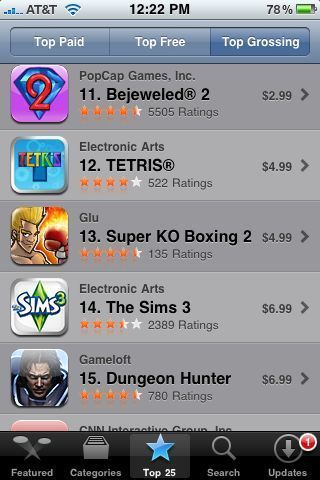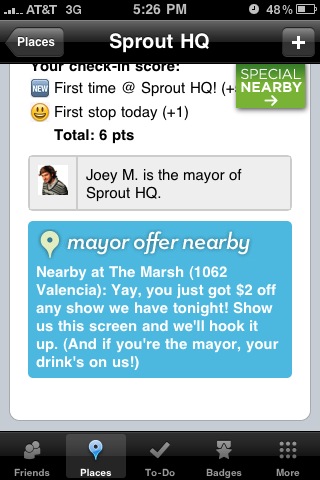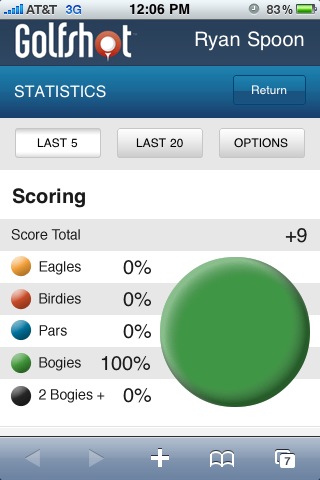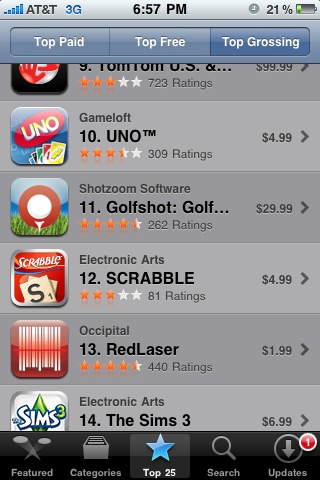As rumors circulate that Electronic Arts is acquiring the hot mobile and online game maker Playfish for $250m (here and here), the Wall Street Journal has a timely and fun headline. The article does not mention Playfish or any other gaming companies / targets, but the timing is certainly funny:

EA’s Schappert Foresees Social Gaming Consolidation ... Schappert deflected a question about whether EA, which has plenty of cash, might be in the market for a social-networking gaming company. While social networks such as Facebook have practically become the new Internet portals, he asked of social gaming, “Is it sustainable or is it a bubble?”
He used mobile gaming as an analogy, where EA bought one of the largest mobile game publishers, Jamdat Mobile Inc., because of its expertise in deploying games on a variety of mobile devices and networks. The acquisition enabled Jamdat to capitalize on EA’s portfolio of games. Since then, mobile gaming has become dominated by established games and established brands, Schappert said. He expects social gaming to follow a similar path and said he’s confident EA has the ability to pursue the market with internal developers while remaining open to an acquisition.











 Golfshot is as simple or complex as you want it to be - which is appropriate for golf: for instance, golfers can measure the distance to the pin or track the distance of every shot (even storing that data by club). The more data you enter (and it's easy to do - simple a swipe or button press), the more advanced the application's charting and measurement system becomes.
Golfshot is as simple or complex as you want it to be - which is appropriate for golf: for instance, golfers can measure the distance to the pin or track the distance of every shot (even storing that data by club). The more data you enter (and it's easy to do - simple a swipe or button press), the more advanced the application's charting and measurement system becomes. 


